Handy guide to the London Underground
Are you sure you want to take the London Underground to get around the city? Don't miss this post to get the most out of the fastest transport in the city.
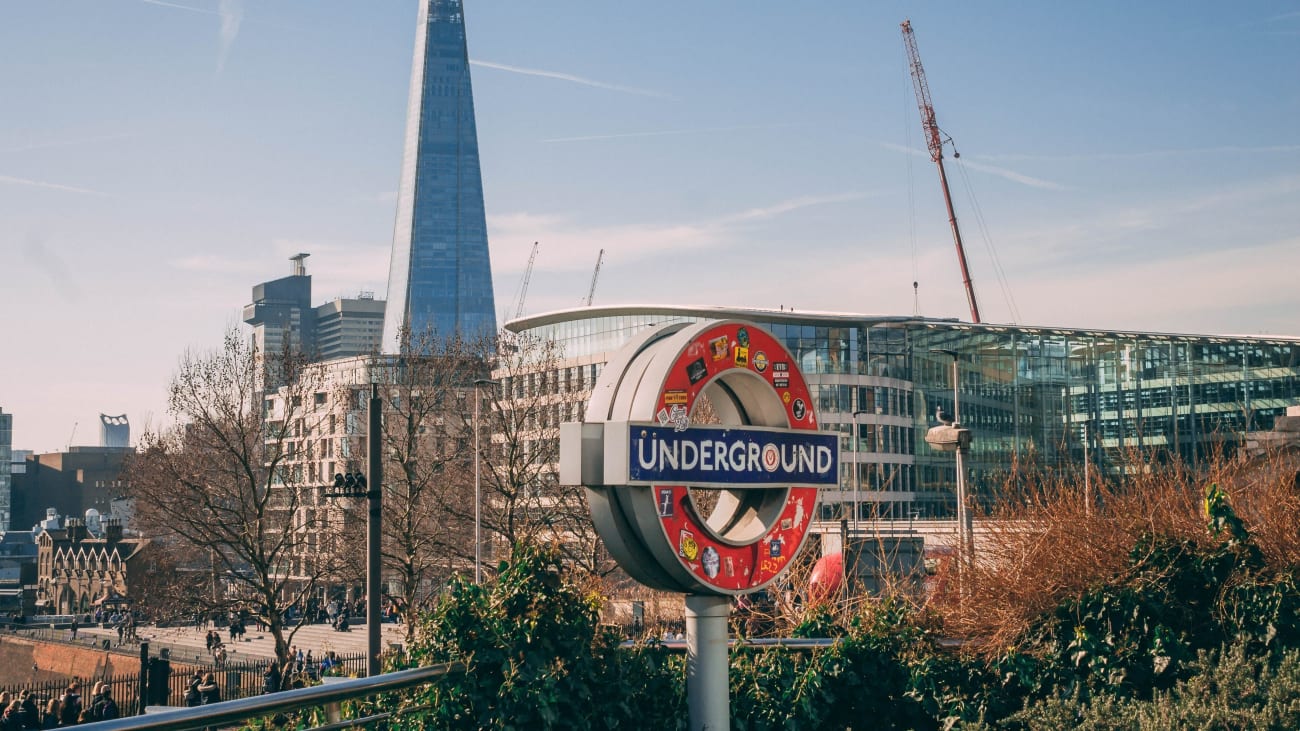
London, United Kingdom | ©Diane Picchiottino
Travelling on the London Underground may seem a little complicated at first with so many lines and stops, but once you get familiar with it and get the hang of it, you'll find that using it is quite intuitive.
To make it easier for you to get around on the London Underground, this guide tells you everything you need to know about how it works, its timetables, the different types of tickets available, how to buy them and more. You'll soon be getting around the British capital like a true Londoner!
How much do London Underground tickets cost and how do they work?
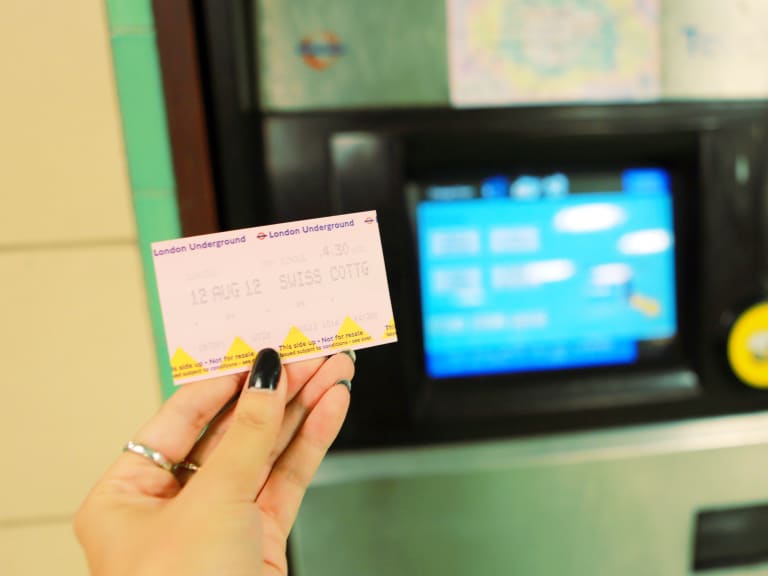
The London Underground is divided into nine radial zones that start in the historic centre and cover practically the entire city. Most of the British capital's main tourist attractions are located in zones 1 and 2, which you will probably be travelling in all the time unless you are staying far from the centre.
The price of a single Underground ticket varies depending on the zones and the time of day, and is usually considerably more expensive than pay-as-you-go fares. To find out the exact cost of your journey, check TfL's Single Fare Finder. There is a more convenient payment method, which is the contactless system, either with your mobile phone or a credit or debit card, which applies a cheaper fare. In other words:
- Single paper ticket: the price varies depending on the zone and time of day, and is usually the most expensive option. You can pay in cash or by card at ticket machines.
- Contactless: fare from £2.90 (off-peak) or £3.50 (peak) in zones 1–2, with prices varying according to zones and times, and automatic daily and weekly limits.
To find out the exact cost of your journey before you travel, I recommend visiting the Transport for London website, where you will find all the latest fares. From a financial point of view , it is not advisable to buy a single ticket if you are going to spend several days in the city and plan to use the underground frequently. Nor is it advisable in terms of time, as you will have to stop at the ticket machines to buy a ticket every time you want to use it.
The contactless system is much more economical and practical because you do not need to top up your balance or purchase a special card. However, you must have a card or mobile phone that is compatible with this method.
Are there season tickets for using the London Underground?
Fortunately, there are alternatives to single tickets for using the London Underground that will help you save money on your trips around the city: Oyster Cards, Travelcards and Visitor Oyster Cards.
The Oyster Card
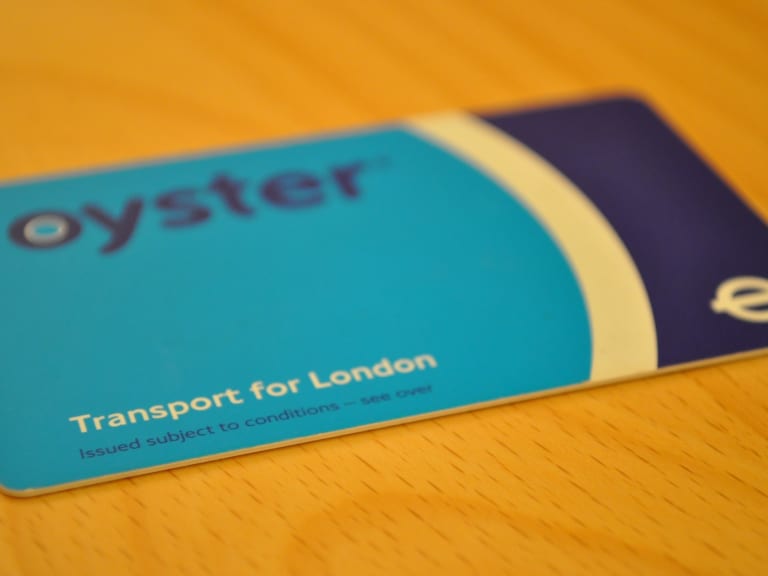
The Oyster Card is a rechargeable card with a balance that offers cheaper transport prices than buying a single ticket. As you use the card to travel on the London Underground, the balance will be deducted from the card.
During peak hours, the 'peak fare' applies from Monday to Friday between 6:30 a.m. and 9:30 a.m. and between 4 p.m. and 7 p.m., while the 'off-peak fare' applies the rest of the time, on weekends and on public holidays.
How to buy an Oyster Card?
You can purchase your Oyster Card from vending machines at any underground station in the city. The good thing about this system is that if you don't speak English very well, you can change the language of the machine to your own and follow the steps indicated. That way, there will be no confusion. Just choose the amount you want to put on the card, then the payment method, and you're done!
And topping it up is very simple. You can do it at the same machines where you purchase the Oyster Card, and you can top it up with a bank card or cash. No fuss.
How do you use it?
To access the London Underground with an Oyster Card, you have to swipe it through the yellow sensor on the turnstile both when entering and exiting. This last step is essential, even if you find the turnstile gates open, because the Oyster Card calculates the fare for your journey when you tap your card to exit.
If you forget to do this, the card will detect the journey as incomplete and will not be able to calculate your fare, so you will be penalised on your balance.
Summary of how the Oyster Card works
The Oyster Card currently costs £10, which is non-refundable. It is a rechargeable card for paying for travel on public transport in London with cheaper fares than paper tickets and daily limits to reduce costs. The card does not expire and can be reused on future visits.
In short:
- Initial cost: £7 (€10) non-refundable. Please note that this is not an initial balance, but the cost of purchasing the card itself (i.e. the balance is loaded separately).
- Top-up: Add credit at machines, ticket offices or online.
- Daily limits (Daily Cap): Guarantees that you will not pay more than a daily maximum depending on the zones travelled.
- Similar prices to Contactless: From €3.39 (£2.90), zones 1-2 off-peak.
- Easy to use: Tap your card on the readers when entering and exiting transport.
- No expiry date: You can reuse it on future visits to London.
This card is ideal for those who do not have contactless cards or prefer an exclusive method for transport.
Visitor Oyster Card
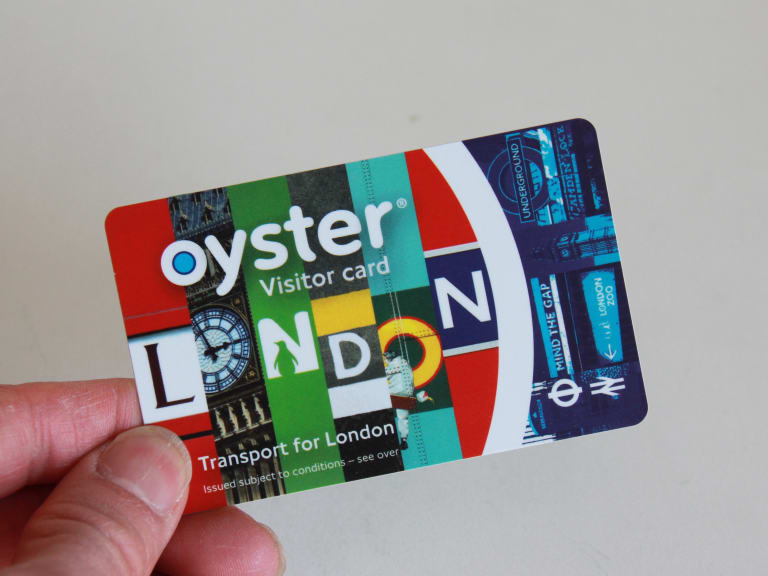
The Visitor Oyster Card is similar to the traditional Oyster Card but, unlike the latter, has been designed specifically for tourists. It offers cheaper fares than paper tickets and daily limits that control maximum spending. It costs £10 (non-refundable), which is included in the total price, and comes with pre-loaded credit that you can choose between £10 and £50 before travelling. The card can only be purchased online through the official Visitor Shop and is not available for purchase within London.
Main benefits:
- Economical prices: Lower fares and daily limit (e.g. £8.90 in zones 1–2).
- Credit options: £10, £15, £20, £25, £30, £40 or £50 depending on the length of your stay. Can be topped up at any time (at stations, ticket machines or online with a TfL account).
- Additional discounts: 10% off Thames Clippers River Bus and Thames tours.
- Reusable: No expiry date; you can use it on future visits or lend it to someone else.
The Travelcard
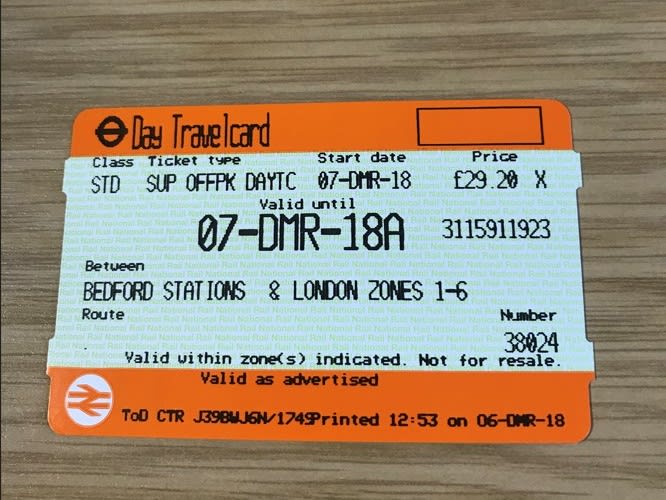
The Travelcard is another alternative to single tickets and the Oyster Card for travelling on the London Underground. It is a card that allows you to travel unlimited on London's public transport network for a specified period of time.
Although there are monthly and annual Travelcards, these are intended for residents of the British capital, while 1-day and 7-day Travelcards are sold to tourists.
How do I buy a Travelcard?
There are many ways to buy a Travelcard, as they are available at various points of sale. Depending on the location, you will be given one type of card or another.
- Train stations: They are issued immediately at National Rail counters as a printed cardboard ticket. To purchase a 7-day Travelcard here, you will need to provide a passport photo. This is an interesting option as it entitles you to 2-for-1 discounts at various attractions such as St Paul's Cathedral and Madame Tussauds.
- Underground stations: Here you can purchase a 1-day Travelcard. If you wish to purchase a 7-day Travelcard, it will be loaded onto an Oyster Card. Unlike the National Rail Travelcard, it is issued by London Underground and does not offer 2-for-1 discounts on tourist attractions.
How do you use the Travelcard?
While the Oyster Card is plastic and must be swiped through the yellow reader on the turnstile to gain access, the Travelcard is cardboard and must be inserted into the slots on the turnstile both when entering and exiting.
Which card to choose: the Oyster Card or the Travelcard?
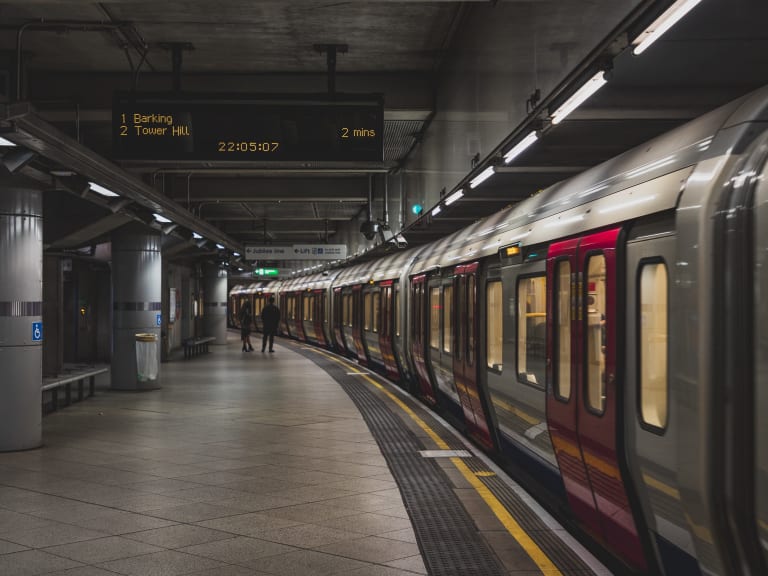
The million-dollar question! Choosing between an Oyster Card or Travelcard will depend on the length of your stay in London and how often you plan to use the Underground. For example, if you plan to take the Underground two to four times a day for short periods of time, such as four days in London or five days in London, or if you want to travel to the outskirts of London, it is best to opt for an Oyster Card with credit ("Pay as you go"), as you can benefit from the "daily cap" (automatic daily limit) and also the "weekly cap" if you use contactless or a pay-as-you-go Oyster Card, which limits your weekly spending from Monday to Sunday.
This system operates for a period of 24 hours and there is a maximum daily spending limit depending on the zones. Each time you travel on the underground, your balance will be deducted until you reach that limit, and from that point on, your journeys will be free as no more credit will be deducted from your Oyster Card.
On the other hand, if you plan to spend a week or more in London and you are going to use the underground to travel around the city centre on a regular basis, then the most cost-effective option is to choose a 7-day Travelcard.
Can I share my Oyster Card or Travelcard with someone else on the same journey?
No, this is not possible. If you are travelling to London with another person, you must each have your own Oyster Card or Travelcard, but if you travel separately in the future, you can lend or share them because if you purchase them at underground stations, none of these cards are linked to an identity document or a name.
Get a London Underground map
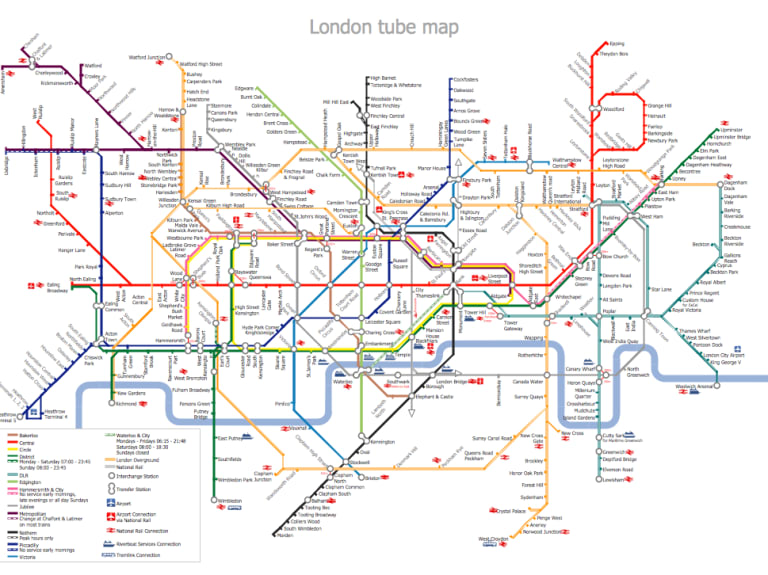
As one of the most extensive in the world, the London Underground provides excellent connections between different parts of the British capital and links to most of London's tourist attractions, so you are sure to use it at some point during your stay.
I recommend downloading a PDF map of the London Underground to your mobile phone, as this way you can always carry it in your pocket and take a look at it when you need to. Even when you don't have access to the internet.
Another option I suggest is to download the official London Transport app (available on iOS and Android), where, in addition to the tube map, you can also search for routes and directions in the city to plan your journeys, see the quietest times to travel, check live bus and train timetables, and see the latest updates on the transport network.
What are the London Underground timetables?
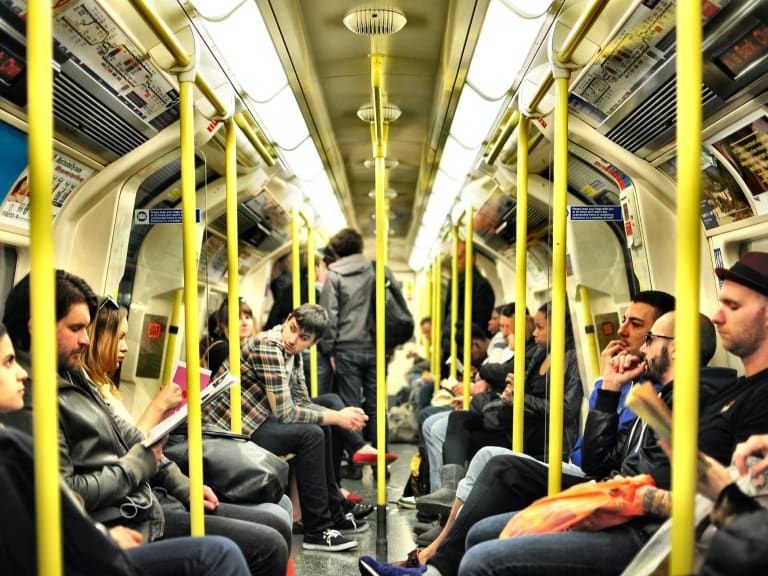
The London Underground runs from approximately 5:00 a.m. to 12:30 a.m., although the first and last trains vary depending on the line and station. You can check the updated timetables on the TfL timetable search engine. This means, for example, that if a train leaves at midnight, it will continue running until it reaches the last stop on the line. At weekends (Fridays and Saturdays), some lines — Central, Jubilee, Northern, Piccadilly and Victoria — operate a Night Tube service throughout the night.
Interestingly, London's public transport system closes on 25 December. On Christmas Eve afternoon, services begin to be reduced and there are no night buses. Service resumes on 26 December (Boxing Day) but on a reduced schedule. Keep this in mind if you plan to spend Christmas in London.
Trains run very frequently, every 2 to 3 minutes, and there are usually no delays, so the London Underground is one of the best ways to get around the city.
Do children pay for tickets on the London Underground?
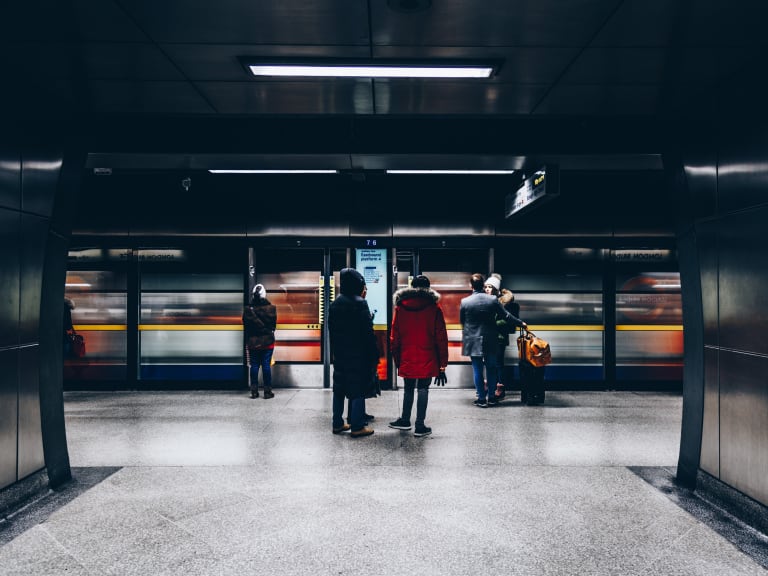
- Children under the age of 11 can travel for free on London Transport as long as they are accompanied by an adult with a valid ticket (up to 4 children per adult).
- Children aged 11 to 15 can travel for free on trams and buses and get discounts on other modes of transport such as the Underground, London Overground, TfL Rail and DLR if they have a Zip Oyster 11-15 card with a photo. This card must be applied for online and validated with documentation. The cost of issuing the card may vary, so it is advisable to check the official TfL website for the current price.
- Teenagers aged 16 and 17 can purchase a Zip Oyster +16 card, which allows them to travel for free or benefit from discounts on London transport. For example, a 50% discount on adult 'pay as you go' fares on the Underground, bus, TfL Rail, London Overground, DLR and most National Rail services in London. The issue fee may vary, so it is advisable to check the official TfL website before travelling.
How many lines does the London Underground have?
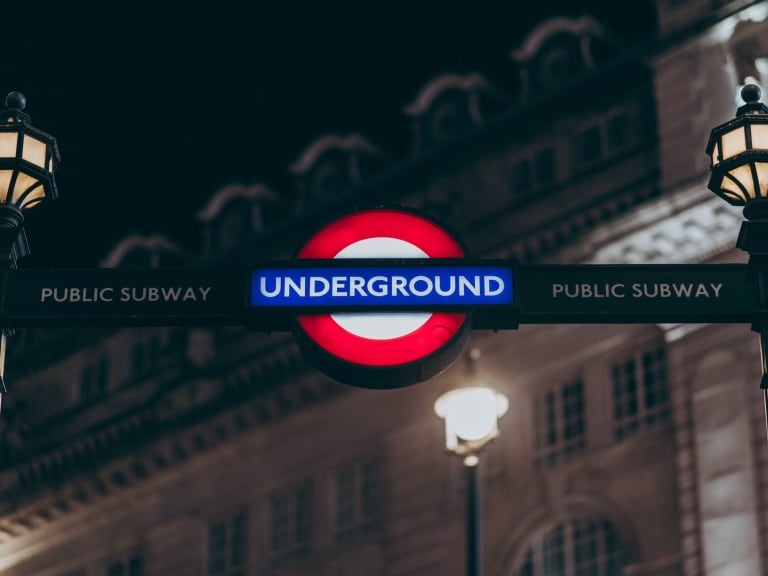
The London Underground consists of 11 lines and 272 stations covering more than 400 km of track, almost the entire city. In addition to the 'official' lines, there are two others: the DLR (driverless light rail trains operating in the east and south-east of the British capital) and the London Overground (a line that runs above ground in the north and north-west of the city).
The London Underground lines are:
- Bakerloo, brown line.
- Central, red line.
- Circle, yellow line.
- District, green line.
- Hammersmith & City, pink line.
- Jubilee, grey line.
- Metropolitan, purple line.
- Northern, black line.
- Piccadilly, dark blue line.
- Victoria, light blue line.
- Waterloo & City, green line.
Tips for travelling by tube
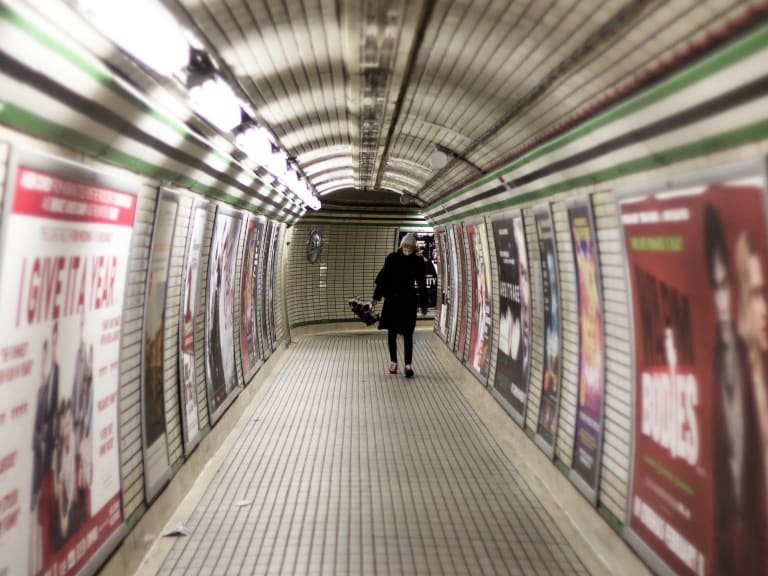
- Have your ticket ready to pass through the turnstiles quickly, especially if you are travelling during rush hour (before 9:30 a.m. or between 4 p.m. and 7 p.m.) to facilitate the flow of passengers entering and exiting the station.
- If possible, plan your journeys on the London Underground outside of rush hour. It is usually crowded with commuters travelling to and from all corners of the capital. This is especially true between 6:30 a.m. and 9:30 a.m. and between 4 p.m. and 7 p.m. This way, you can travel on the underground with greater peace of mind.
- Check the London Underground app or official website before travelling to see if there are any incidents on the lines you want to take or if any stations are closed for maintenance. It will provide you with up-to-date service information and even suggest alternative routes.
- Move along the platform to find more space. When you arrive at the platform, do not crowd around the entrance. If you see that there are a lot of people in one section of the platform, keep walking until you find a less crowded area. You may even find a free seat if you want to sit down.
- Let people exit the carriage before you enter. This will make it easier for you to get on without being jostled by other passengers.
- Mind the gap! For safety reasons, always stand behind the yellow line on the floor when waiting on the platform and pay attention to the gap between the carriage and the platform when getting on or off.
- Keep an eye on your belongings on the underground. As in any other city, beware of pickpockets and make sure you keep your valuables safe during your journey.
- If you miss your stop or take the wrong line, don't worry, trains run frequently, so just get off at the next station and check the map carefully to find the right route.
- London Underground trains run every 2-7 minutes, depending on the line and time of day, so simply get off at the next stop and look for a tube map on the platform to guide you.
- Stand on the right-hand side of the escalators and leave the left-hand side free for those who want to walk up more quickly.
- If you are travelling with children or luggage, you must use the appropriate access point on the London Underground. All stations have wider turnstiles with doors that take longer to close to facilitate access.
- If you have any questions, don't hesitate to ask the London Underground staff or any other passenger for help. They'll be happy to give you a hand if you need it!
